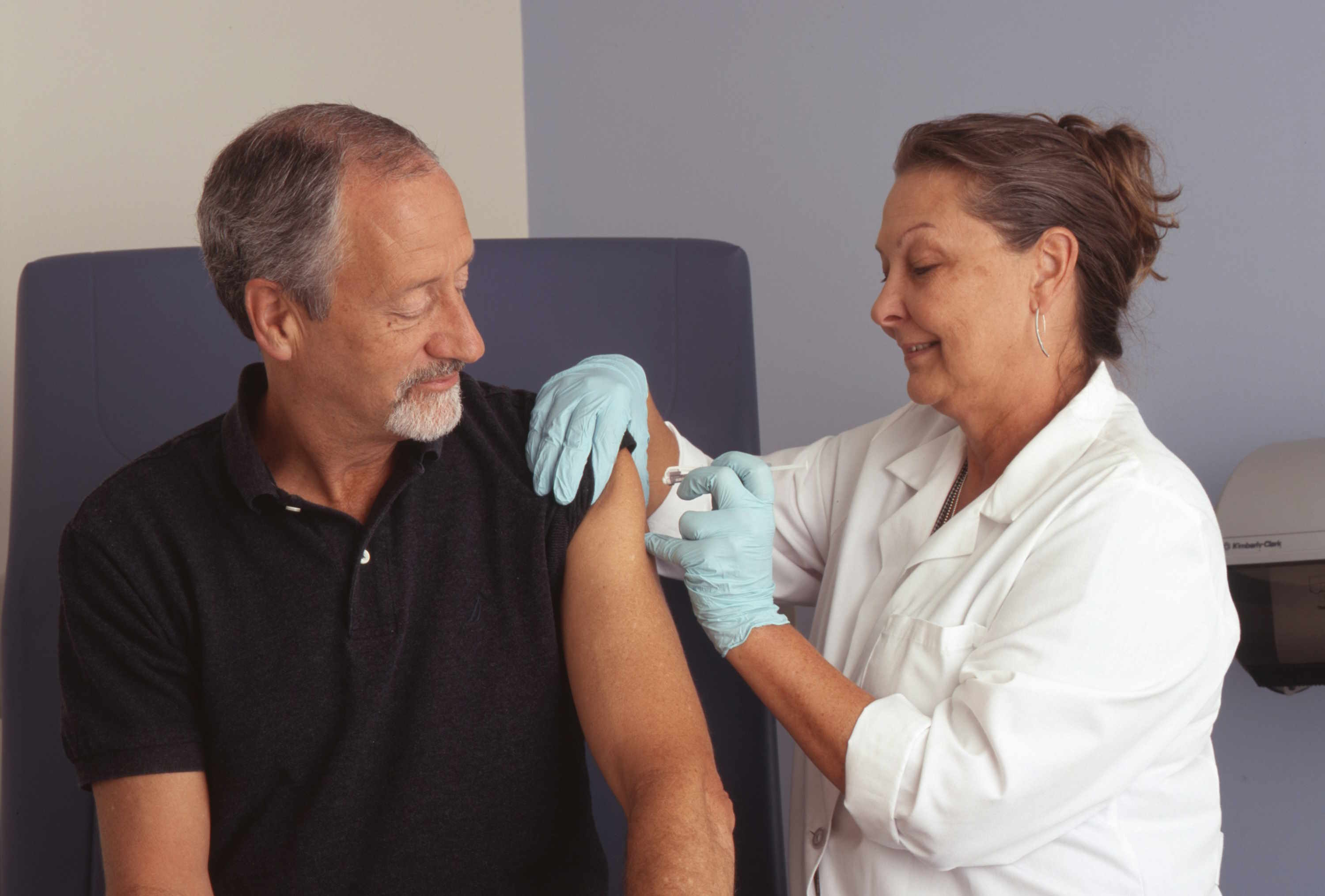How Clinics in Kenya Support Patients: Triage, Chronic Care, and Referral Pathways
Clinics across Kenya play a pivotal role in patient care, acting as the first point of contact for sudden illness, ongoing conditions, and guidance to higher-level hospitals when needed. Understanding what happens from reception to referral helps patients and families plan visits, bring the right documents, and know what support to expect.

Clinics in Kenya are the everyday hubs of healthcare, handling everything from fever and minor injuries to routine checkups and chronic disease follow-up. For many households, this is where care begins: a receptionist confirms details, a nurse performs quick checks, and a clinician decides whether immediate attention is needed or if routine care will be enough. Knowing this patient journey can reduce anxiety and make each visit more productive.
This article is for informational purposes only and should not be considered medical advice. Please consult a qualified healthcare professional for personalized guidance and treatment.
Understanding Modern Medical Services
Modern clinical care in Kenya blends primary care with on-site diagnostics, pharmacy services, and pathways to higher-level facilities. On arrival, staff typically confirm identification and a brief history of the problem, then check vital signs such as temperature, blood pressure, and pulse. These steps feed into triage, a system that ranks urgency to ensure those with life-threatening issues are seen first. Many clinics also use structured forms and, increasingly, digital records to track visits, medications, allergies, and follow-up dates.
Patient-centered care is a growing priority. Clinicians aim to explain diagnoses in clear terms, discuss medication options, and agree on a plan for home care or review. Privacy during consultations, consent for procedures, and respect for cultural preferences form part of routine practice. Where language is a barrier, staff often use simple explanations and visual aids. When rare or complex conditions arise, clinics coordinate with referral hospitals to maintain continuity of care.
Types of Healthcare Services
Clinics provide a mix of preventive, acute, and long-term services. Preventive care includes immunizations, antenatal and postnatal checks, growth monitoring, and screening for conditions such as hypertension and diabetes. Acute care covers common infections, minor injuries, and supportive treatment for dehydration or pain. Many facilities also offer family planning, counseling, and basic mental health support.
Diagnostic capacity varies by clinic, but common services include malaria tests, pregnancy tests, urinalysis, blood sugar checks, and basic blood work. A dispensing pharmacy typically provides prescribed medicines and advice on safe use. For chronic care, clinics schedule regular reviews, monitor treatment response, and coordinate referrals when specialized tests or procedures are needed. If you are seeking local services in your area, confirm the clinic’s scope ahead of your visit, especially for services like imaging, specialized labs, or minor procedures.
How Clinics Support Patients
Triage is the first clinical safety net. After vital signs are taken, patients may be categorized as emergency, urgent, or routine. Emergency cases—such as severe breathing difficulty or unresponsive patients—are stabilized immediately while arrangements for advanced care are made. Urgent cases are prioritized for prompt review, while routine cases continue through the standard queue. This system protects the most vulnerable without overlooking others.
For chronic conditions, clinics build continuity through scheduled appointments, refill systems, and counseling. Patients managing diabetes or hypertension, for example, may receive lifestyle advice, medication reviews, and regular monitoring to prevent complications. Adherence support—reminders, education, and clear dosing instructions—reduces missed doses and helps patients recognize early warning signs. Where social or financial barriers affect treatment, staff may connect patients with community health workers or social support programs to maintain care.
Referral pathways are designed to be smooth and documented. When a case requires imaging, specialist input, or advanced procedures, clinicians prepare referral notes summarizing the history, test results, and reasons for referral. Patients are advised on what to carry—identification, previous prescriptions, and any test reports—and on where to go next. In emergencies, staff may coordinate transport, communicate with receiving facilities, and provide instructions for interim care to reduce delays.
Choosing the Right Medical Care
Selecting where to seek help depends on your needs, location, and urgency. For sudden but non-life-threatening issues like mild fever or minor injury, a clinic can offer quick assessment and treatment. For persistent symptoms, a clinic visit allows structured evaluation and follow-up planning. If severe symptoms occur—chest pain, difficulty breathing, severe bleeding, sudden weakness—seek urgent care immediately at the nearest capable facility.
Practical factors also matter. Consider opening hours, availability of laboratory and pharmacy services, and accessibility for children, older adults, or those with limited mobility. Carry a list of current medications, known allergies, and past diagnoses; this helps clinicians make safer, faster decisions. If you are transferred to another facility, keep copies of referral notes and test results to streamline the next visit. After any visit, clarify the diagnosis, medication schedule, warning signs to watch for, and the date of your next review.
Understanding Modern Medical Services in Daily Practice
In everyday operations, clinics coordinate multiple roles: reception for registration, nursing for triage and measurements, clinicians for diagnosis and treatment, laboratory staff for testing, and pharmacy for dispensing. This teamwork shortens the time from arrival to treatment and improves safety. Many clinics use appointment systems for chronic care, balancing urgent walk-ins with scheduled reviews to minimize crowding and waiting times.
Feedback loops help clinics improve. Patient questions highlight gaps in understanding, and suggestion boxes or brief surveys can point to service bottlenecks. When clinics share summary data with county health teams, it supports planning for staffing, supplies, and outreach activities. Community health workers extend this network by reminding patients of reviews, following up on missed appointments, and sharing health messages in neighborhoods and schools.
Types of Healthcare Services Across the Care Pathway
A patient’s journey often spans several touchpoints. A child with fever might receive testing and treatment at a clinic, plus guidance for home care and a review date. An adult with newly diagnosed hypertension could start medication, get nutrition advice, and schedule monitoring visits. A pregnant person might move between antenatal clinic, laboratory, and pharmacy in the same facility, then receive a referral for delivery at a higher-level hospital if needed. Each step builds on the previous one so that information is not lost and care remains consistent.
Conclusion
Clinics in Kenya connect everyday health needs with specialized services through structured triage, steady chronic care, and clear referral pathways. By understanding how these pieces fit together—what happens at the front desk, how urgency is determined, what to expect for long-term conditions, and how referrals work—patients and families can navigate care more confidently and maintain continuity from one visit to the next.




